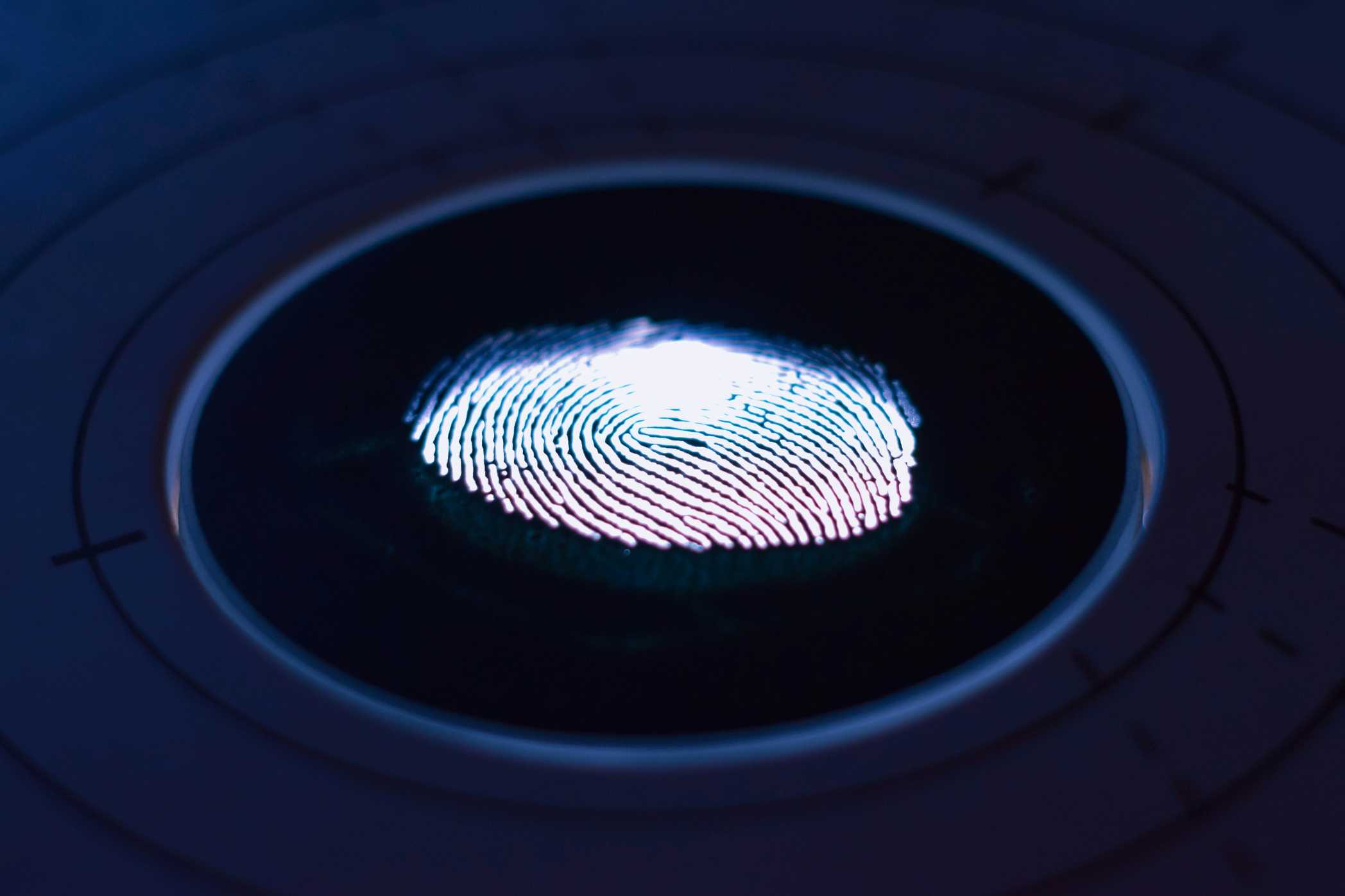The On-Chain Resume: Your Web3 Proof of Work
In Web3, your wallet is your resume. This guide explains how your on-chain activity—from governance votes to NFT collections—is becoming the new credential for your career.

In the traditional job market, your resume is a curated document, a polished summary of your past achievements designed to impress a potential employer. In the new, transparent world of Web3, this model is being augmented, and in some cases, replaced by a much more powerful and verifiable credential: your on-chain resume.
An on-chain resume is not a document you create; it's a public record of your activity that is permanently etched onto the blockchain. It's the sum of your transactions, your governance votes, your DAO contributions, and the assets you hold in your crypto wallet. In a trustless ecosystem, this "proof of work" is becoming the ultimate way to build a reputation and signal your skills, passion, and expertise. For savvy Web3 professionals, curating a strong on-chain resume is a powerful career strategy.
What is an On-Chain Resume?
Your on-chain resume is the story told by your public wallet address (preferably a human-readable ENS name like yourname.eth). By using a block explorer like Etherscan, anyone—including a recruiter or hiring manager—can see:
- Your History of Interaction: Which protocols have you used? Did you just use Uniswap once, or are you an active participant in complex DeFi strategies? This shows your level of practical experience.
- Your Governance Participation: Have you voted in major DAO governance proposals? Have you delegated your voting power to a respected community member? This signals that you are an engaged and thoughtful stakeholder.
- Your NFT Collection: The NFTs you mint and collect are a reflection of your taste and your understanding of the culture. Are you collecting art from emerging artists, or just flipping hyped projects?
- Your Contributions: Have you received payments from a DAO for completing a bounty? Have you minted a POAP (Proof of Attendance Protocol) by attending a major hackathon or conference? This is verifiable proof of your involvement.
Why Your On-Chain Resume Matters
- Verifiable and Authentic: Unlike a traditional resume, an on-chain history cannot be faked. It's an immutable record of your actions.
- Signals Expertise: A wallet that has interacted with advanced DeFi protocols, holds governance tokens for key infrastructure, and has a history of thoughtful voting is a powerful signal of expertise.
- Cultural Alignment: Your on-chain activity shows that you are a native participant in the ecosystem, not just a tourist. It proves you understand the culture because you are a part of it.
How to Build Your On-Chain Resume
Building a strong on-chain resume is an active and intentional process. It's about curating your public wallet as a professional portfolio.
1. Get an ENS Name: Registering an ENS name for your primary public wallet is step one. It's your Web3 username and a key piece of your digital identity.
2. Be an Active Participant:
- Use a Variety of Protocols: Go beyond the basics. Explore different Layer 2s, try out a new DeFi protocol, or lend an asset on a money market.
- Participate in Governance: This is one of the most powerful signals. Even if you only have a small number of tokens, vote on governance proposals. It shows you care about the future of the protocols you use. Platforms like Tally make this easy.
- Collect POAPs: POAPs (Proof of Attendance Protocol) are NFT badges given to people who attend an event, either virtual or in-person. A collection of POAPs from major conferences and community calls is a verifiable record of your engagement.
3. Separate Your Wallets: It's wise to have different wallets for different purposes.
- Your "Resume" Wallet: Your main, public-facing wallet (linked to your ENS name) should be for high-signal, professional activities.
- Your "Degen" Wallet: Use a separate, anonymous wallet for experimenting with risky new protocols or trading meme coins.
- Your "Vault": Use a hardware wallet for the secure, long-term storage of your most valuable assets.
4. Showcase Your Contributions:
- DAO Bounties: When you complete a paid bounty for a DAO, the payment to your wallet is a public record of your contribution.
- Gitcoin Grants: Donating to public goods projects through Gitcoin Grants is a strong signal of your commitment to the ecosystem's long-term health.
The Future of Professional Reputation
In the future, your on-chain resume may become even more powerful. New protocols are being built that will allow you to attach attestations and verifiable credentials to your wallet, creating a rich, composable, and user-owned professional identity. Your university degree, your work history, and your professional certifications could all be verifiable credentials in your wallet.
The rise of the on-chain resume is a paradigm shift. It's a move away from self-reported, unverifiable claims and towards a world where your reputation is a direct reflection of your public actions. For professionals in Web3, the message is clear: the most important story you can tell is the one written on the blockchain.



